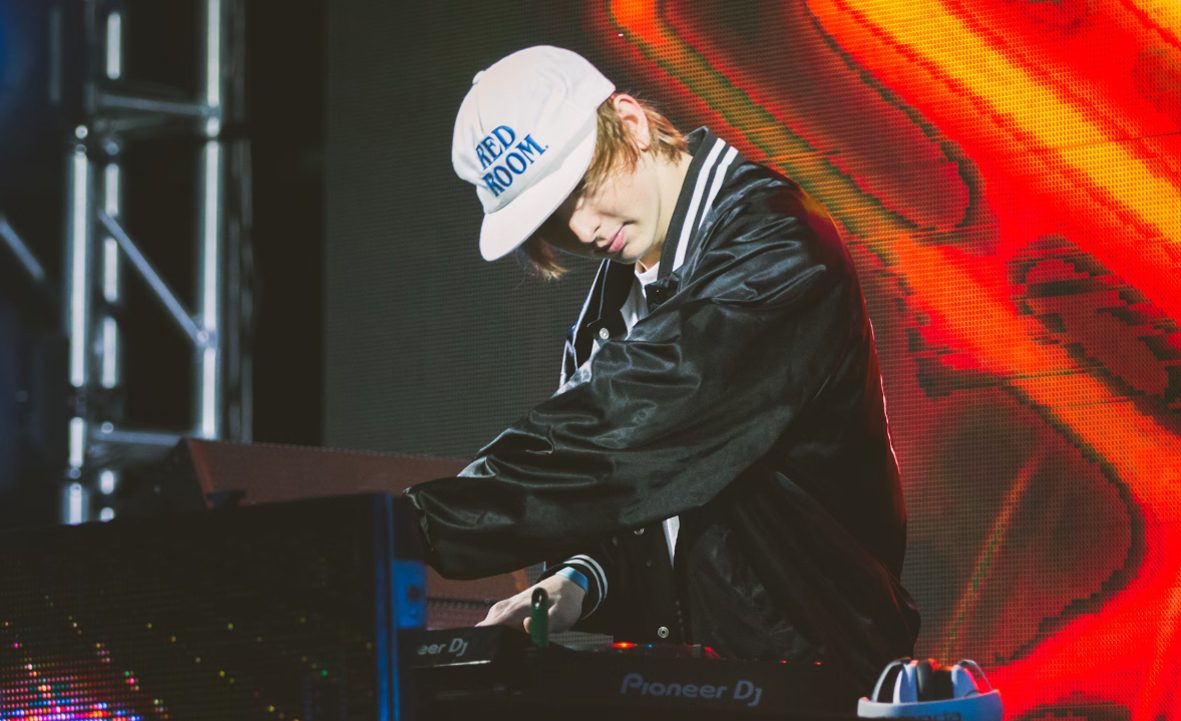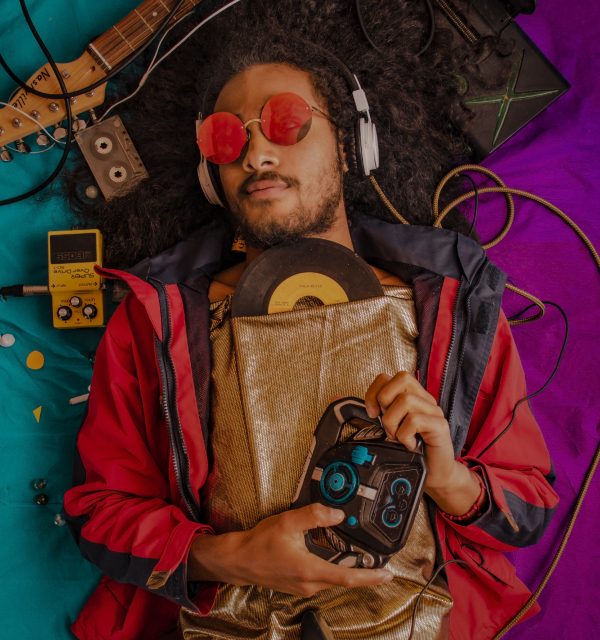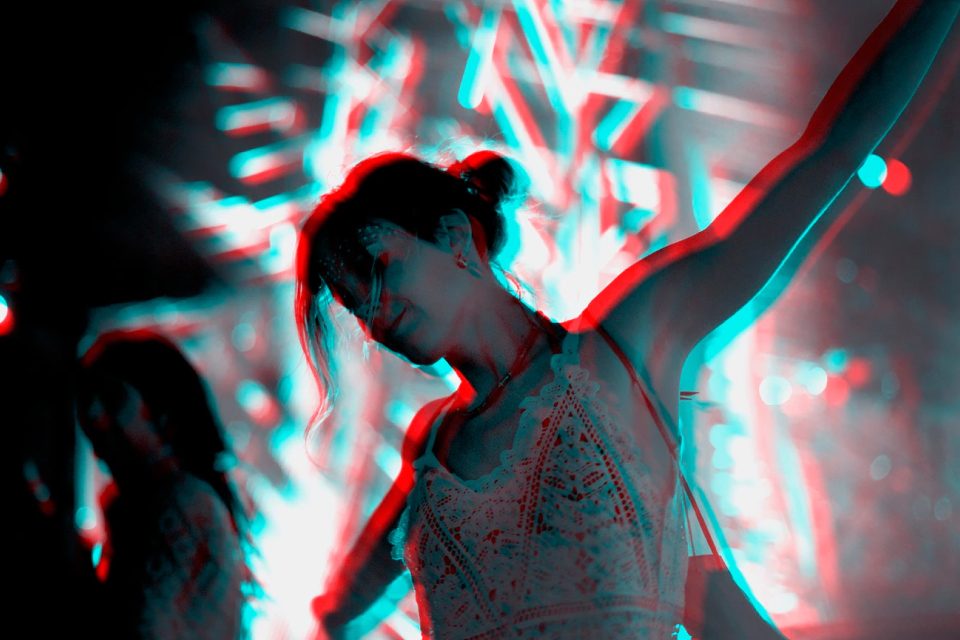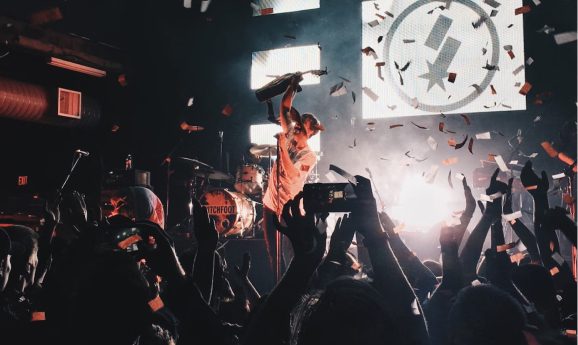Genre Fluidity: Blurring Lines in Modern Music
The boundaries between musical genres are dissolving. In today’s music landscape, artists and listeners alike are embracing genre fluidity—an approach where rigid classifications give way to seamless blends of styles, sounds, and cultures. This trend is not just reshaping how music is created and consumed; it’s also redefining what genres mean in an age where creativity thrives on diversity and experimentation.
The Rise of Genre Fluidity
The concept of genre fluidity reflects a cultural shift toward inclusivity and openness. Younger generations, particularly millennials and Gen Z, view genres less as rules and more as suggestions. This evolution has been fueled by streaming platforms like Spotify, Apple Music, and JioSaavn, which prioritize playlists and mood-based recommendations over strict genre categorizations. As a result, listeners are exposed to a mix of sounds, from lo-fi hip-hop and indie pop to Carnatic-electronic fusion, encouraging artists to experiment without fear of alienating their audience.
Global Influences and Cross-Cultural Blends
Genre fluidity is inherently global. As artists collaborate across borders, they incorporate diverse influences into their music. In India, this cross-pollination is particularly evident. Bollywood soundtracks, for example, have long embraced fusion, blending classical ragas with Western orchestration. Today, the trend extends beyond Bollywood, with artists like Ritviz merging Indian classical melodies with electronic beats, or Divine infusing Mumbai street rap with Afrobeat rhythms.
Similarly, international stars are embracing Indian influences. Beyoncé’s Rani persona in Black Is King and Major Lazer’s collaborations with Indian artists like Badshah highlight how genre fluidity is enriching global music. These projects celebrate the intersection of styles, creating something fresh while honoring traditional roots.
Genre-Bending Artists Leading the Charge
- Billie Eilish: Known for her atmospheric sound, Billie Eilish blends pop, electronic, and alternative elements, creating a genre-defying musical identity.
- Ritviz (India): Combining Hindustani classical with modern electronic music, Ritviz’s tracks like Udd Gaye exemplify genre fluidity in the Indian indie scene.
- Tyler, The Creator: Tyler’s work spans hip-hop, jazz, R&B, and experimental sounds, demonstrating how modern artists can redefine genres with each release.
- Anoushka Shankar: A sitar virtuoso, Anoushka blends Indian classical with jazz, flamenco, and electronic music, showcasing the versatility of traditional instruments in contemporary settings.
- Prateek Kuhad: With a blend of indie folk, pop, and Hindustani influences, Prateek’s multilingual songwriting appeals to diverse audiences.
Genres in Flux
- Pop + Hip-Hop + R&B: Modern pop often incorporates elements of hip-hop and R&B, creating hybrid styles exemplified by artists like Drake and Doja Cat.
- Electronic + Classical: The fusion of electronic music with classical elements is gaining traction. Artists like Nucleya and AR Rahman have pushed this boundary in India, while globally, producers like Max Richter have reimagined classical works with electronic textures.
- Indie + Regional: Indian indie artists are infusing regional languages and folk traditions into their music. Bands like When Chai Met Toast blend English lyrics with Tamil and Malayalam sounds, while artists like Arivu bring Tamil rap to the forefront.
- Rock + Folk + Electronic: Bands like The Local Train are weaving Hindi rock with folk influences, and global artists like Mumford & Sons are blending folk with alternative rock.
Why Genre Fluidity Resonates
- Breaking Stereotypes: Genre fluidity allows artists to escape the constraints of labels, enabling more authentic expression. For instance, Tamil rap challenges preconceived notions of what hip-hop should sound like.
- Reflecting Modern Identities: Just as people embrace multifaceted identities, music reflects this complexity. Songs that mix languages, styles, and themes resonate with listeners who see themselves in this diversity.
- Accessible Production Tools: Technology has democratized music production, enabling artists to experiment with sounds from different genres. Platforms like GarageBand and FL Studio empower creators to blend styles without needing expensive studios.
- Streamlined Discovery: Streaming algorithms encourage discovery by creating playlists that blend genres, exposing listeners to sounds they might not have sought out on their own.
Challenges and Criticism
Despite its benefits, genre fluidity isn’t without challenges. Some purists argue that blending genres dilutes cultural traditions, while others worry that artists may lose their unique identity in a sea of hybrid sounds. Additionally, genre-defying music can sometimes struggle to find a place in traditional award categories or radio playlists.
For Indian artists, balancing traditional elements with contemporary innovation requires sensitivity. While fusion tracks can attract younger audiences, they must also respect the roots of the styles they draw from, ensuring cultural authenticity is preserved.
The Future of Genre Fluidity
As genre fluidity becomes the norm, the lines between indie and mainstream, regional and global, traditional and modern will continue to blur. In India, the rise of streaming platforms and regional music movements ensures that diverse voices and styles will gain prominence. The fusion of languages, instruments, and influences will further enrich the country’s already vibrant musical landscape.
Globally, genre fluidity represents the evolution of music as a universal language. By blending the familiar with the innovative, artists are crafting sounds that transcend boundaries, bringing audiences together in a shared celebration of creativity.
In the end, genre fluidity isn’t just about music—it’s about embracing the idea that art, like identity, is limitless. As artists and listeners explore this uncharted territory, the future of music promises to be more inclusive, exciting, and boundary-breaking than ever before.













